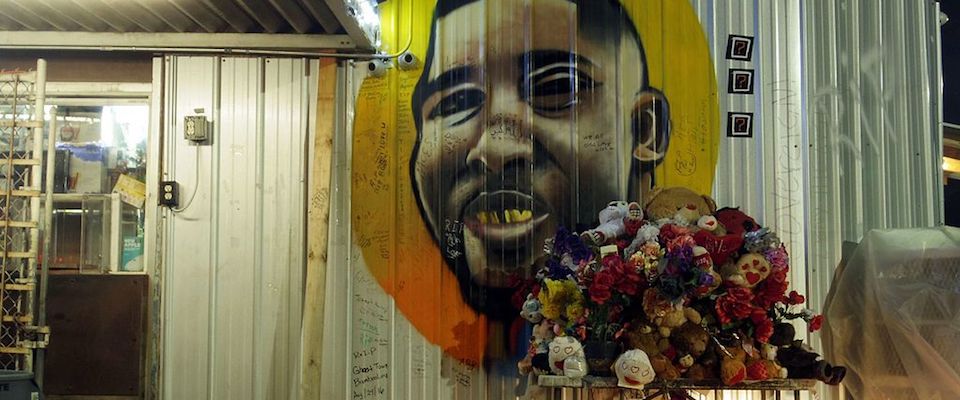In search of a truly non-lethal bullet.
The ballistics lab is in a vault in the basement of Etcheverry Hall. That’s where Dennis Lieu uses scuba tanks to launch silicone projectiles. Lieu, a mechanical engineering professor, uses a huge, table-mounted air gun to fire golf-ball-size silicone projectiles at a model torso, also made of silicone. If his design is effective, the projectile will pancake upon impact, diffusing enough force so that, in a real incident, it wouldn’t cause internal injury. Most important, it won’t kill anyone. “Ideally,” says Lieu, “it would feel like getting hit hard by an open hand.”
Lieu is a tae kwon do expert whose interest in safer ballistics is an extension of earlier work developing safer martial arts equipment. He explains that the “non-lethal” projectiles currently in use—things like “sponge grenades” (hard foam projectiles) and bean bags full of sand or lead shot—are more accurately labeled “less-lethal”; they can still cause death through internal injury.
Though Lieu’s silicone projectiles do indeed go “splat” in the ballistics lab, challenges with the design remain. For one thing, the lightweight projectiles lack accuracy. For another, they may not exert sufficient force; obviously, if the shots just bounced off people, they’d backfire as crowd control. He’s confident, however, that increasing the velocity of the projectile will solve both problems.
Reflecting on the delicate balance he’s striving to achieve, Lieu muses, “Obviously injury is not acceptable. We don’t want injury. The question is: Is pain acceptable?” After a pause, he answers, “That’s a political question, I think. I don’t think that’s an engineering question.”




















